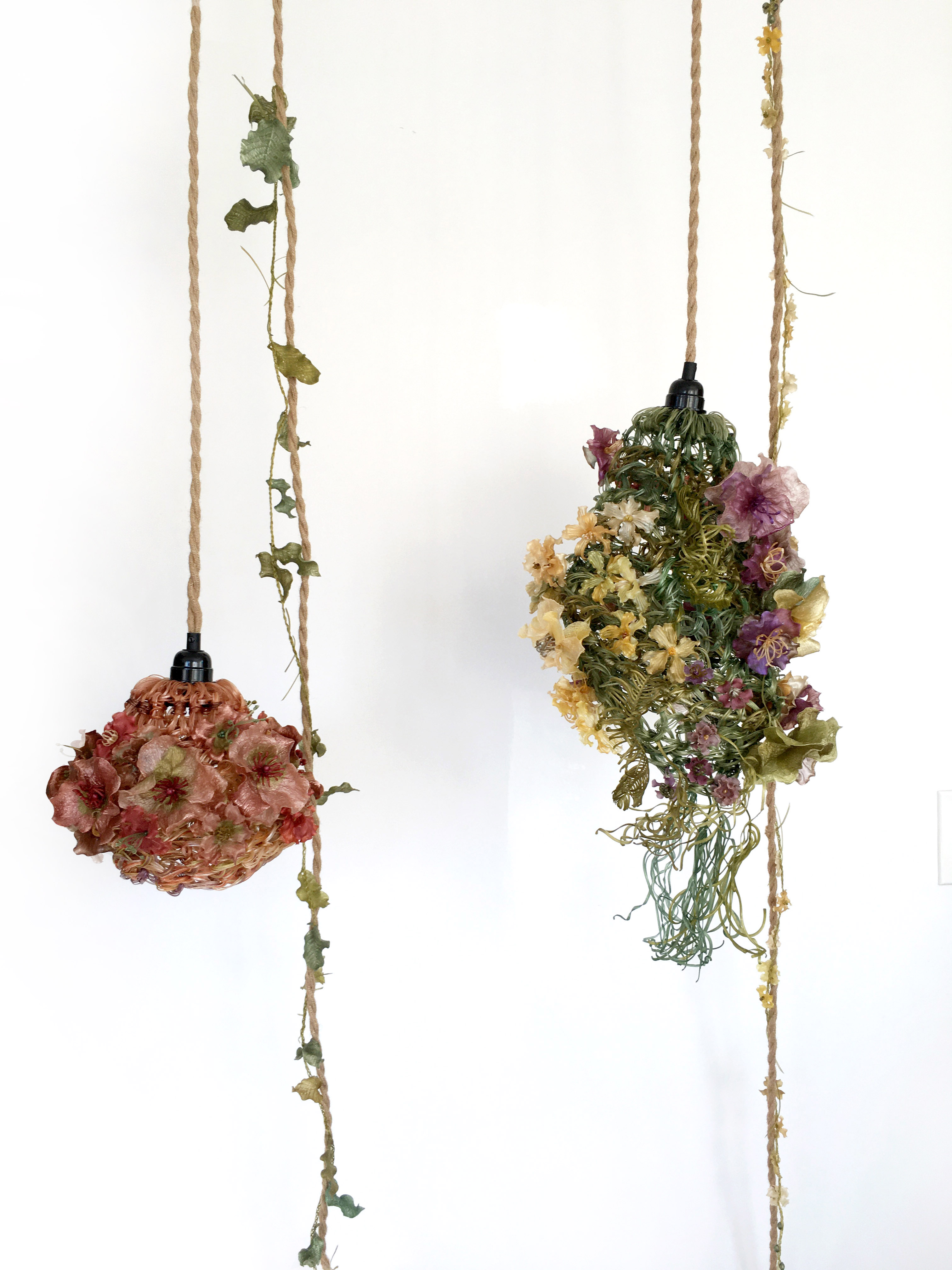| Company Details | |
|---|---|
| Company Name | Flora Gild |
| Address | 11201 75th Ave Apt3 Forest Hills United States Map It |
| Name | Yi Hsuan Sung |
| Job Title | Creative director |
| Email hidden; Javascript is required. | |
| Phone | 1 6467075899 |
| Role of this organisation in the project being entered | Creative director |
| Category |
|
| Project Name (written how it should appear) | Agar Garden |
| Project Address | NA NA NA United States Map It |
| Client Name | NA NA |
| Designer/Architect Name | Yi Hsuan Sung |
| Contractor Name | NA NA |
| Project Description | As a designer who reflects on the ways of producing artificial flowers for interior and fashion decoration nowadays, I question why the desire to bring nature into our life ended up with bringing more petrochemicals to our surroundings. The domination of plastics as the main materials for artificial plants has been an unwanted and ironic truth for a true nature pursuer. The project is carried out in hope of providing a more natural alternative for friends who need a touch of long-lasting and easy-to-care joyful plants for their interiors. By delving deeply into material research involving agar and the upcycling of waste materials, I innovated a flower making system for interior and fashion embellishing. Agar is a high-strength gel mainly extracted from two types of red seaweed. Cooking agar to the desired consistency requires a fair amount of water. As a result, during the dehydration process, the material shrinks significantly, which creates lively waves on its edges. I call this miraculous phenomenon bio sculpture. I examined the dehydrating process of agar and explored ways of utilizing these natural waves for flower making. I integrated 3D modeling and 3D printing technologies in order to design special molds for agar casting. I ended up developing a mold-making system by creating 2.5D molds which are flat overall but with detailed textures. With assorted molds, various textures and forms could be carried out in making agar units, including petal units in different multiples, and pistil units in a rich cluster. Furthermore, handcrafted agar yarns which serve as “threads” are used to connect all components together to form a lively agar flower. I further applied agar flowers in making biodegradable floral illumination. The translucent agar flowers gently illuminate any space in which they’re placed. In this way, decorative beauty comes both in the form of the flowers themselves as well as through how they disperse light. The project Agar Garden made its first debut in a spacious gallery space at Mana Contemporary, New Jersey, in Fall 2020. And had been displayed in various places in New York which created different atmosphere for interior spaces. Including and historical building on Governor’s Island, a bustling retail space in The Shop and Restaurant at Hudson Yards, various window spaces in the center of SoHo Design District, an exclusive event venue Pier 17, and an empty Apartment apace in East Village…, etc. This project will continue to lit up and warm up more spaces with its organic beauty. The ultimate wish is that eventually we will reconsider the overuse of petroleum in favor of this type of flower-making system inspired by a natural material, agar. |
| Materials Used | Agar, a high-strength gel mainly extracted from two types of red seaweed, is usually sold in powder form, then reconstituted with water into a shapeable substance through boiling, cooling and dehydrating. I first encountered it on the northeast coast of my homeland, Taiwan. Every year from late spring to early summer, residents swim around the bay and gather the red seaweed by hand and turn it into iced jelly as a cooling summer dessert—a gift from nature. However, most people know agar from science class; it’s the growing medium in petri dishes. Nowadays, small-quantity seaweed foraging still exists, but industrial cultivation has become the main source for obtaining agar. To make agar into a strong material for textile creation requires only two other ingredients: water and glycerin. Agar is usually sold in powder form, then reconstituted with water into a shapeable substance through boiling and cooling. Glycerin helps increase the material’s flexibility after drying by locking in certain amounts of water. Because it is a thermo-softening polymer, making things with agar is always reversible and zero-waste. By simply adding water and heat, every mistake and tiny scrap can be turned back into a liquid form and cast into a new form again. |
| Supporting Images |



